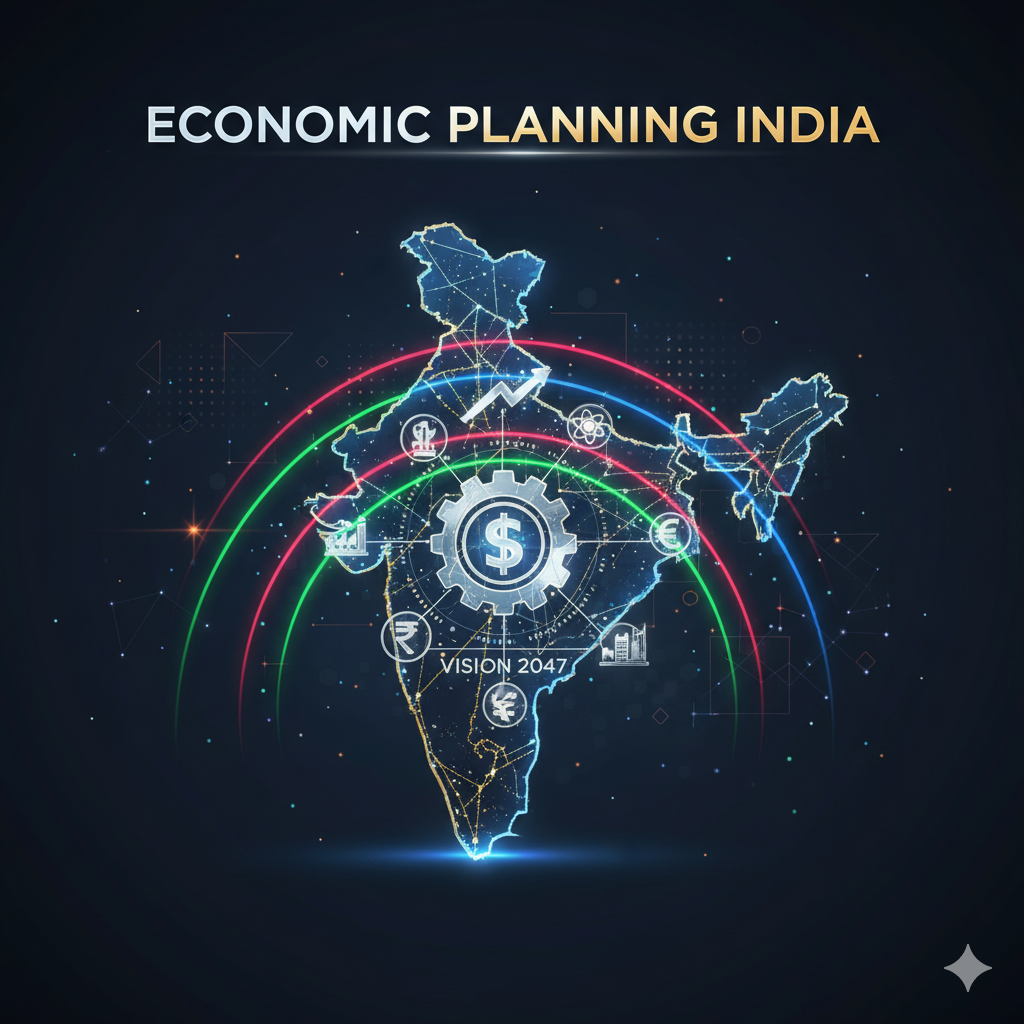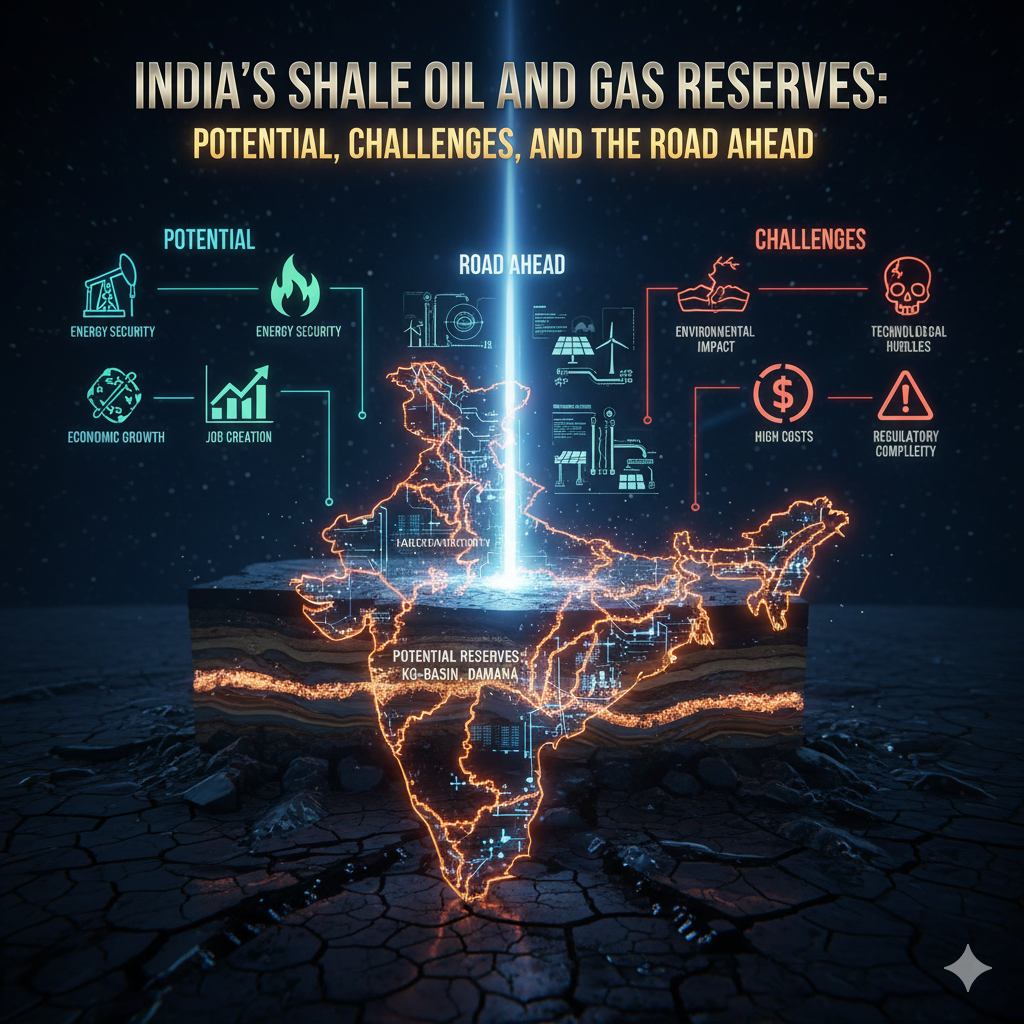Agriculture, the backbone of human civilization, is intrinsically linked to the soil—the thin, life-sustaining layer of Earth. A deeper understanding of the soil profile, the vertical section of soil showing its different layers or horizons, is fundamental for enhancing agricultural practices. Each layer of the soil profile offers unique insights into its fertility, structure, and capacity to support plant growth. This article explores the significance of the soil profile in agriculture, delving into its components, functions, and impact on sustainable farming.
What is a Soil Profile?
A soil profile represents the vertical arrangement of soil layers, or horizons, from the surface to the bedrock. These horizons vary in composition, texture, structure, and color, reflecting the complex interplay of geological, biological, and chemical processes over time. A typical soil profile consists of the following layers:
- O Horizon (Organic Layer): The topmost layer rich in organic material, including decomposed leaves, plant matter, and microorganisms.
- A Horizon (Topsoil): A fertile layer rich in minerals and organic matter, essential for plant growth.
- E Horizon (Eluviation Layer): Found in some soils, this layer is characterized by leaching, where minerals and nutrients are washed away.
- B Horizon (Subsoil): Rich in minerals accumulated from the layers above, providing structural support to roots.
- C Horizon (Parent Material): The layer of weathered rock and mineral fragments from which soil develops.
- R Horizon (Bedrock): The unweathered rock underlying the soil.
Each horizon plays a distinct role in influencing soil fertility, water retention, and plant root development.
Significance of Soil Profile in Agriculture
1. Nutrient Availability and Fertility
The soil profile provides a roadmap to understanding nutrient distribution. The A Horizon, or topsoil, is particularly critical as it is the primary source of nutrients for crops. Farmers analyze this layer to determine the availability of macronutrients (nitrogen, phosphorus, potassium) and micronutrients essential for plant growth.
- Nutrient Cycling: Organic matter in the O and A Horizons decomposes to release nutrients, replenishing the soil’s fertility.
- Soil Testing: Profiling helps identify deficiencies, enabling precise application of fertilizers and amendments.
2. Water Retention and Drainage
Soil’s ability to retain and drain water depends significantly on its profile. For instance:
- Topsoil (A Horizon) absorbs water readily but may dry out quickly in sandy soils.
- Subsoil (B Horizon) often acts as a reservoir, storing water for plant roots during dry spells.
An understanding of the profile helps farmers optimize irrigation and prevent waterlogging or drought stress.
3. Soil Structure and Aeration
The structure and porosity of each horizon influence aeration and root penetration. Loamy topsoil promotes healthy root development, while compacted subsoil can impede growth. Farmers rely on soil profiling to implement practices such as tilling or subsoiling to improve aeration and structure.
4. pH and Chemical Balance
The pH of soil layers affects nutrient availability. Acidic soils, for example, can lead to nutrient deficiencies, while alkaline soils may cause toxicity. By analyzing the soil profile, farmers can adjust pH through lime or sulfur applications, ensuring optimal conditions for crop growth.
5. Erosion and Conservation
Erosion strips away fertile topsoil, exposing less productive layers. Understanding the soil profile allows farmers to implement erosion control measures, such as contour plowing, terracing, and cover cropping, preserving the productive A Horizon.
Impact of Soil Profile on Different Agricultural Practices
1. Crop Selection
Different crops thrive in specific soil profiles. For example:
- Shallow-rooted crops (e.g., lettuce, onions) require nutrient-rich topsoil.
- Deep-rooted crops (e.g., wheat, maize) depend on both topsoil and subsoil for nutrients and water.
Farmers match crops to the soil profile to optimize yields and minimize input costs.
2. Soil Management Techniques
Understanding the soil profile enables tailored soil management practices:
- No-Till Farming: Preserves the soil structure and prevents disruption of the O and A Horizons.
- Crop Rotation: Enhances fertility by replenishing nutrients in specific horizons.
- Composting: Adds organic matter to the topsoil, enriching the A Horizon.
3. Irrigation Systems
The permeability and texture of soil layers determine irrigation methods:
- Clayey Subsoil: Ideal for flood irrigation due to high water retention.
- Sandy Topsoil: Requires drip irrigation to minimize water loss.
Profiling helps design efficient irrigation systems, conserving water resources.
4. Fertilizer Application
Layer-specific nutrient distribution ensures efficient fertilizer use.
- Topsoil Analysis: Guides application of surface fertilizers.
- Subsoil Analysis: Indicates the need for deep-root fertilizers, especially for tree crops.
Sustainable Agriculture and Soil Profiling
As agriculture evolves to meet the demands of a growing population, sustainability has become a cornerstone. Soil profiling contributes to sustainable farming in several ways:
1. Enhancing Soil Health
Understanding the soil profile promotes practices that maintain its structure and fertility. Practices like green manuring, mulching, and organic farming enrich the A Horizon while preserving subsoil integrity.
2. Climate Resilience
Healthy soil profiles mitigate climate risks:
- Carbon Sequestration: Organic matter in the O and A Horizons captures atmospheric carbon.
- Water Storage: Subsoil layers act as buffers during droughts, sustaining crops.
3. Preventing Land Degradation
Profiling helps identify signs of degradation, such as salinity, acidity, or compaction, enabling timely corrective measures.
Challenges in Managing Soil Profiles
Despite its importance, managing soil profiles poses challenges:
- Erosion: Accelerated by deforestation and overgrazing, erosion depletes fertile layers.
- Compaction: Heavy machinery compacts subsoil, reducing porosity and root growth.
- Pollution: Excessive use of agrochemicals contaminates soil layers, disrupting nutrient balance.
- Urbanization: Expands impervious surfaces, cutting off access to fertile soil.
Addressing these challenges requires a combination of innovative technologies and traditional knowledge.
The Way Forward: Leveraging Technology
Modern technology is revolutionizing soil profiling:
- Remote Sensing and GIS: Map soil profiles across large areas, aiding in precision farming.
- Soil Sensors: Monitor moisture, pH, and nutrient levels in real time.
- Drones and AI: Assess soil health and identify problem areas efficiently.
Integrating these technologies with traditional soil knowledge can unlock the full potential of agriculture.
Conclusion
The soil profile is the foundation of agricultural productivity, influencing every aspect of farming, from crop selection to irrigation and nutrient management. By understanding the characteristics of each soil horizon, farmers can enhance yields, reduce costs, and adopt sustainable practices. As we strive to meet the demands of a growing population and combat climate change, prioritizing soil health through profiling is not just a choice—it is a necessity. Let us recognize and preserve the value of the soil profile, ensuring its vitality for generations to come.




